Readers often express interest in forests’ capacity to absorb and store carbon, and in climate-friendly management practices. In this first installment of a four-part series supported by the Virginia Wellington Cabot Foundation, we’ve asked forest ecologist and tree physiologist Alexandra Kosiba to provide an overview of forest carbon basics – including an explanation of how carbon moves through forest systems.
Kosiba, an assistant professor of forestry and a forestry specialist at the University of Vermont Extension, and licensed Vermont forester, previously served as climate forester for the Vermont Department of Forests, Parks and Recreation. She leads the Vermont Forest Carbon Inventory project, and also provides educational presentations for the Securing Northeast Forest Carbon Program, a federally funded collaboration among state foresters in New England and New York. The program is an excellent resource for readers wishing to delve deeper into forest carbon topics. You can access its materials, including recorded webinar presentations by Kosiba, here.
What’s the distinction between carbon sequestration and storage? And what are other key terms?
Carbon storage is the amount of carbon contained in an entity – such as a tree, an acre of forest, a piece of lumber, or a cubic yard of soil. One analogy that may be helpful is to think of carbon storage as the amount of money in your bank account. However, carbon is measured as mass (usually pounds or tons).
Carbon sequestration is the process of removing carbon dioxide (CO2) from the air through photosynthesis and storing the carbon from those CO2 molecules in wood, leaves, branches, bark, and soil. Although all green plants sequester carbon, trees are particularly good at it because of their perennial, woody structure and large size. In the bank account analogy, sequestration is the rate you deposit money into your account. A bank deposit rate may vary over time: some months you deposit more and other months less. Similarly, carbon sequestration varies over time and depends on numerous factors, such as the time of year, available moisture, weather patterns, and disturbance events. It is measured as the mass of carbon added over time (tons per year).
It may come as a surprise, but forests also emit CO2 back out to the atmosphere – called carbon emissions. Emissions are like withdrawals from your bank account. There are three processes through which emissions occur in a forest: cellular respiration (the process of living cells using energy to meet their metabolic needs), combustion (fire), or decomposition (the breakdown of carbon-based matter – for example, wood or leaves – by fungi, bacteria, and other organisms). In low oxygen conditions, such as wet soils, the microbes that decompose plant materials produce a different carbon gas, methane (CH4).
As forests both sequester and emit CO2, the key question is whether sequestration is exceeding emissions or vice versa. If you deposit more money in your account than you withdraw over time, your account will grow, but if you withdraw more than you deposit, your account will shrink; the same is true for forest carbon. A forest is called a carbon sink when sequestration exceeds emissions, which results in an increase in carbon storage. A forest is a carbon source when emissions exceed sequestration, which results in a decrease in carbon storage.
Both CO2 and CH4 are greenhouse gases because they trap energy from the sun in Earth’s atmosphere. Greenhouse gases act like a blanket around Earth that maintains temperatures to sustain life. However, the burning of fossil fuels and other human activities such as deforestation have effectively thickened this blanket by increasing the concentration of greenhouse gases in the atmosphere, causing the planet to warm at an unprecedented rate. In other words, we’ve altered the balance of Earth’s carbon cycle by emitting carbon more quickly than it can be sequestered.
From the top branches of the canopy down into the soil, where does forest carbon accumulate?
When we talk about and measure carbon in a forest, it is helpful to break up the forest into carbon pools. Each one of these forest carbon pools has different carbon storage potential, rates of accumulation (sequestration) and loss (emissions), and is subject to unique factors that affect these processes. In addition, decisions we make about forest management and land use can affect whether pools are accumulating or losing carbon.
A pool loses carbon when carbon is transferred to another pool, or when CO2 or CH4 is emitted back to the atmosphere. As shown in the illustration, at every step of the forest carbon cycle, there are carbon losses (emissions). Within a forest, some pools might be carbon sinks while others are carbon sources, and this varies over time, including over seasons.
Living trees make up the live biomass pool. This pool is often divided into the aboveground portion (trunk, branches, and leaves) and the belowground portion (roots). Herbaceous plants, shrubs, seedlings, and animals that live in the forest also contain carbon, but these organisms are rarely included in carbon assessments because they make up a relatively small proportion of carbon in a forest compared to trees and it is difficult to measure the carbon they contain. The living trees that make up this pool sequester carbon from the atmosphere through photosynthesis and emit carbon from their day-to-day metabolic activities (cellular respiration). Carbon from live trees is the primary source of carbon for the other pools, which occurs when a tree or its leaves, roots, or branches die. Living trees also directly transfer carbon into the soil through root excretions, which feed microbes that live underground. The live biomass pool is typically the second largest carbon pool in the forest, after soil.
The deadwood pool includes standing dead trees (called “snags”), logs, and branches on the ground. This pool changes most drastically when there is a disturbance that causes live trees to lose branches or when a tree dies. Losses are driven by decomposition rates, which are affected by the climate, site conditions, and the local biological community.
The litter pool is composed of leaves, needles, and twigs that lie on top of the soil. In northeastern forests, this is usually the smallest of the forest carbon pools. The amount of carbon in the litter pool varies depending on the time of the year, the species composition of the forest, and decomposition rates.
When dead leaves, roots, and wood are decomposed by fungi, bacteria, and other organisms, some of the carbon is emitted as carbon gas (CO2 or CH4) and some is transferred to the soil pool, where it can remain for years, centuries, or even longer. The soil pool contains carbon stored both as organic carbon – a mixture of compounds from the decay of living matter and soil organisms – and as inorganic carbon (primarily as carbonates). In northeastern forests, the soil pool typically stores the most carbon but accrues carbon very slowly. Decomposition rates and disturbances to the soil drive changes in this pool. Additionally, soil erosion and leaching can cause carbon to be transferred out of the soil pool and into water bodies.
There is also another carbon pool that exists outside the forest: harvested wood products. Solid, durable wood products store carbon for as long as the product is used and may store carbon for longer if the wood is recycled or sent to a landfill where it slowly decays. Using wood for certain building applications can have additional climate benefits if used to replace high-energy products, such as concrete, steel, or plastics. Paper products also store carbon, although rarely for as long as carbon is stored in solid wood products. As for harvested wood that is used for energy, such as firewood, wood chips, or wood pellets, the carbon is released to the atmosphere when the wood is combusted. However, the use of wood energy can reduce the use of fossil fuels. When evaluating the carbon cycle implications of different wood products, it is important to consider the impacts of alternative materials, including how and where they are sourced and what happens to these products after they are used.
How much does carbon sequestration and storage potential depend on tree age and size?
Generally, but not always, younger stands (roughly 25 to 70 years old) sequester carbon at a higher rate than older stands, but older stands store more carbon. This is because trees in younger stands are vigorously growing taller and wider and expanding their canopies, such that their rates of photosynthesis are higher than in older stands. In contrast, older stands often have larger individual trees, a range of tree sizes, and more carbon that has accumulated in the deadwood and soil pools.
Although stands with higher tree densities (in forestry terms, called “stocking”) have more stored carbon than less dense stands, higher stocking can result in lower individual tree growth and greater tree mortality because of competition for light, water, and nutrients. To maximize both storage and sequestration requires a diversity of tree ages and complexity in forest structure, which includes canopy gaps, trees of different sizes, standing dead trees, and downed logs. Diversity and complexity in a forest also provide critical ecological benefits, such as wildlife habitat, water and nutrient cycling, and erosion control, and improve the chances that the forest can adapt to changing conditions and persist as a forest in an uncertain future.
Forest carbon also varies by tree species and forest type. Faster growing species, such as aspen and birch, can have high rates of sequestration early in stand development, whereas species that attain greater sizes at maturity, such as red oak and white pine, have higher carbon storage potential. Conifer-dominated forests often have more carbon stored in the soil and litter pools because of the slow decomposition rate of their needles. Yet overall, when we examine data from monitoring plots around the region, we see that site conditions, disturbance histories, and past land use influence forest carbon much more than species composition.
How important a role do northeastern forests play in climate change mitigation, and is that changing over time?
The forests of New England and New York are currently a carbon sink, but it hasn’t always been that way. More than a century and a half ago, these states experienced forest clearing for farmland and development ranging between 30 and 80 percent loss in statewide forest cover. This resulted in the region’s forests being a carbon source. When much of the abandoned agricultural land began to regrow as forest, the land became a carbon sink; this persists today.
Using data collected in long-term monitoring plots by the U.S. Forest Service*, we can estimate the carbon sequestered and stored in the 50 million acres of forests across New England and New York. In 2019, these forests sequestered about 14 percent of the region’s greenhouse gas emissions (52 million metric tons of CO2). In total, these forests store the equivalent of 17 billion metric tons of CO2. If all this carbon was emitted tomorrow it would equate to 54 years of the region’s fossil fuel, industrial, and agricultural greenhouse gas emissions. Outside this region, most U.S. states have forests that are carbon sinks. The exception occurs in the Intermountain West and Southwest, where bark beetle outbreaks and catastrophic fires mean that forests have become carbon sources.
Although each of the northeastern states’ forests is a carbon sink, the overall forest sequestration rate is declining in some of these states, meaning that each year they are absorbing a little less. The trend of declining sequestration seems to be related to natural forest dynamics that have followed agricultural abandonment. As forests age, stand-wide sequestration tends to decline due to lower net-growth rates of individual trees coupled with natural mortality. And there is another factor that affects the strength of the regionwide carbon sink: the continual conversion and loss of forestland every year to other non-forest uses. Forest loss slowly chips away at the region’s carbon sequestration potential.
How can we manage forests to mitigate climate change?
To help mitigate climate change, we need to keep CO2 out of the atmosphere and to actively remove it – not just now, but for years to come. When it comes to mitigating climate change through forests, what affects the concentration of CO2 in the atmosphere is the balance of sequestration to emissions across the forest carbon cycle. But forests and the carbon they store and sequester also face another threat: climate change. Changing climatic conditions are likely to bring large-scale disturbances, extreme weather events, drought, and tree mortality from insects and diseases that could result in losses of stored carbon and reduce future sequestration.
Considering the balance between storage and sequestration and the threats forests face supports management for increasing species diversity and structural complexity, which can help promote forest carbon, health, and long-term resilience. Because climate impacts and disturbances can affect certain species or age classes differently than others, diverse and complex forests are often better able to withstand and recover from extreme weather events, insect and disease outbreaks, and other stressors.
For these reasons, consider managing for “resilient carbon” rather than seeking to maximize storage or sequestration alone. Years of forest management have shown us that the best outcomes occur when we do not singularly focus on one goal to the detriment of another; the same is true for forest carbon. Managing for resilient carbon means making choices that maintain carbon by supporting critical ecological functions while also considering the long-term trajectory of the forest to sustain health, reduce vulnerabilities, and promote sequestration. Strategies for resilient carbon may include preserving old trees, designating specific areas as “no cut” reserves, and increasing the amount of deadwood for its critical role in nutrient and water cycling and wildlife habitat. Strategies may also include creating gaps to promote regeneration, thinning stands to limit the impacts of insects and diseases, controlling invasive plants, and promoting species diversity and structural complexity through thoughtful stand management.
Resilient carbon also means recognizing that the carbon cycle doesn’t end at the forest’s edge. This means considering the forest’s position in the broader landscape – and our broader society – when making management decisions. For example, we should think strategically about how to sustainably harvest wood for wood products that store carbon, do not push our impacts elsewhere, and reduce our dependence on more carbon-intensive materials such as concrete, steel, fossil fuels, and plastics. We also want to ensure that we have forest diversity and complexity across the landscape for climate resilience and to act as steppingstones that allow for the migration of species under a changing climate. And last, we should seek to reduce the continual loss of forest cover that our region is experiencing.
Carbon is not the only critical ecosystem service that forests provide. Forests also cycle oxygen that we breathe and the water that we drink; they moderate temperature fluctuations, control soil erosion, and reduce flooding; and forests provide a local source of building materials and fuelwood, habitat for wildlife, and a place for recreation and cultural importance. When we think about the role forests can have to help mitigate climate change, we must consider their present role along with their future health and resilience.
* Domke, Grant M.; Walters, Brian F.; Nowak, David J.; Smith, James, E.; Nichols, Michael C.; Ogle, Stephen M.; Coulston, J.W.; Wirth, T.C. 2021. Greenhouse gas emissions and removals from forest land, woodlands, and urban trees in the United States, 1990–2019. Resource Update FS-RU-307. Madison, WI: U.S. Department of Agriculture, Forest Service, Northern Research Station. 5 pages [plus 2 appendices].


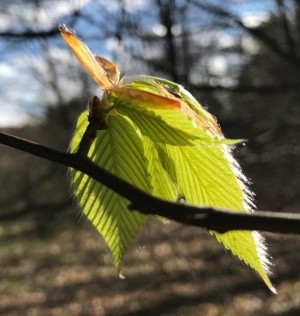
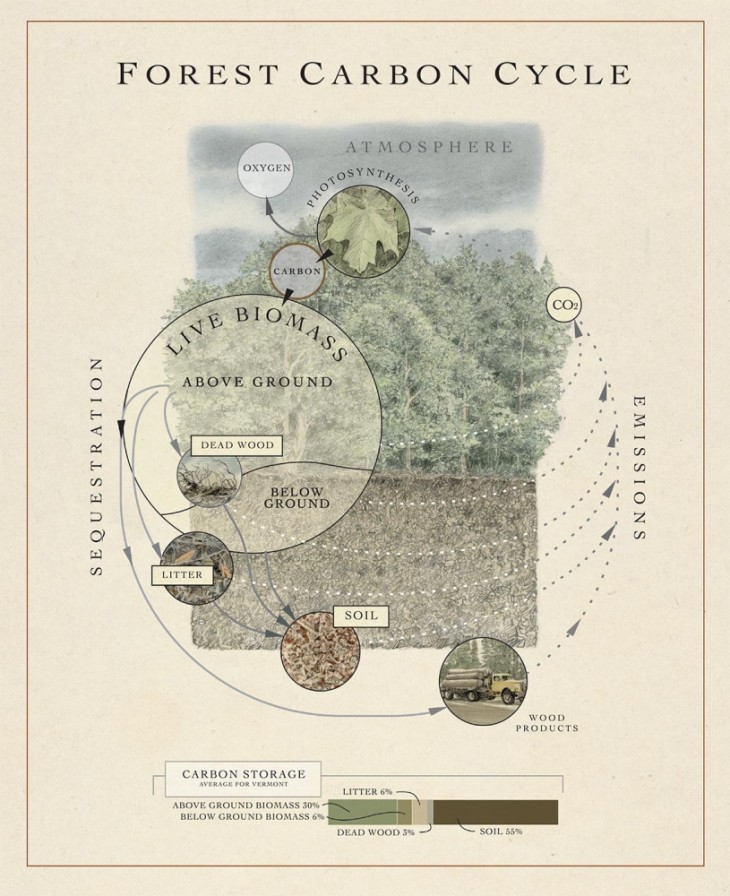
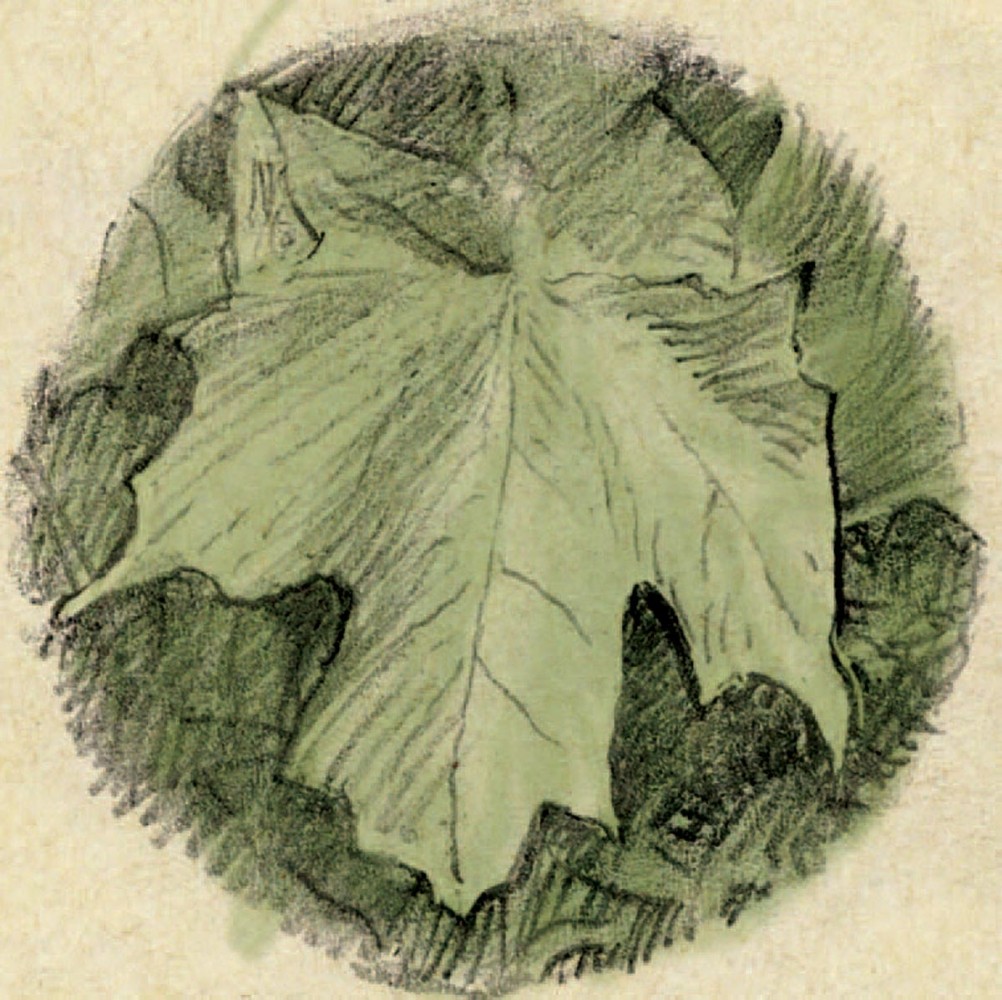
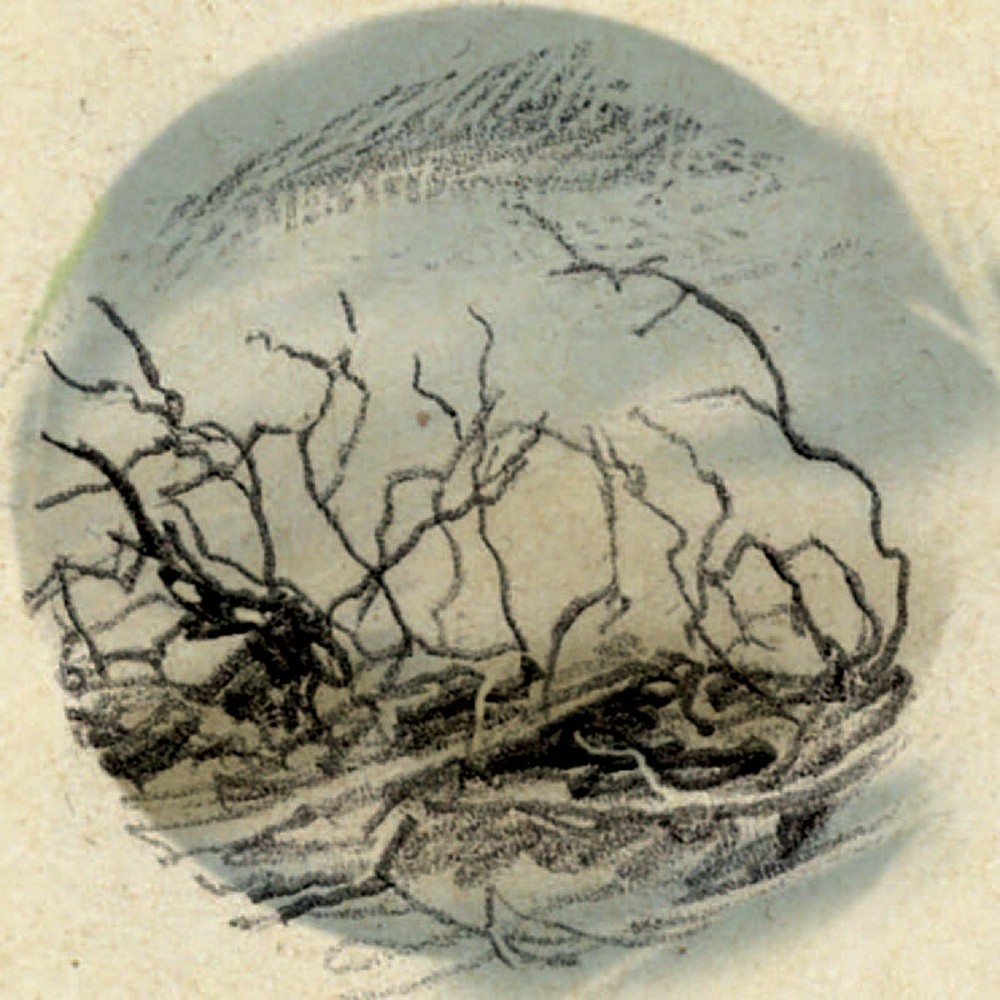
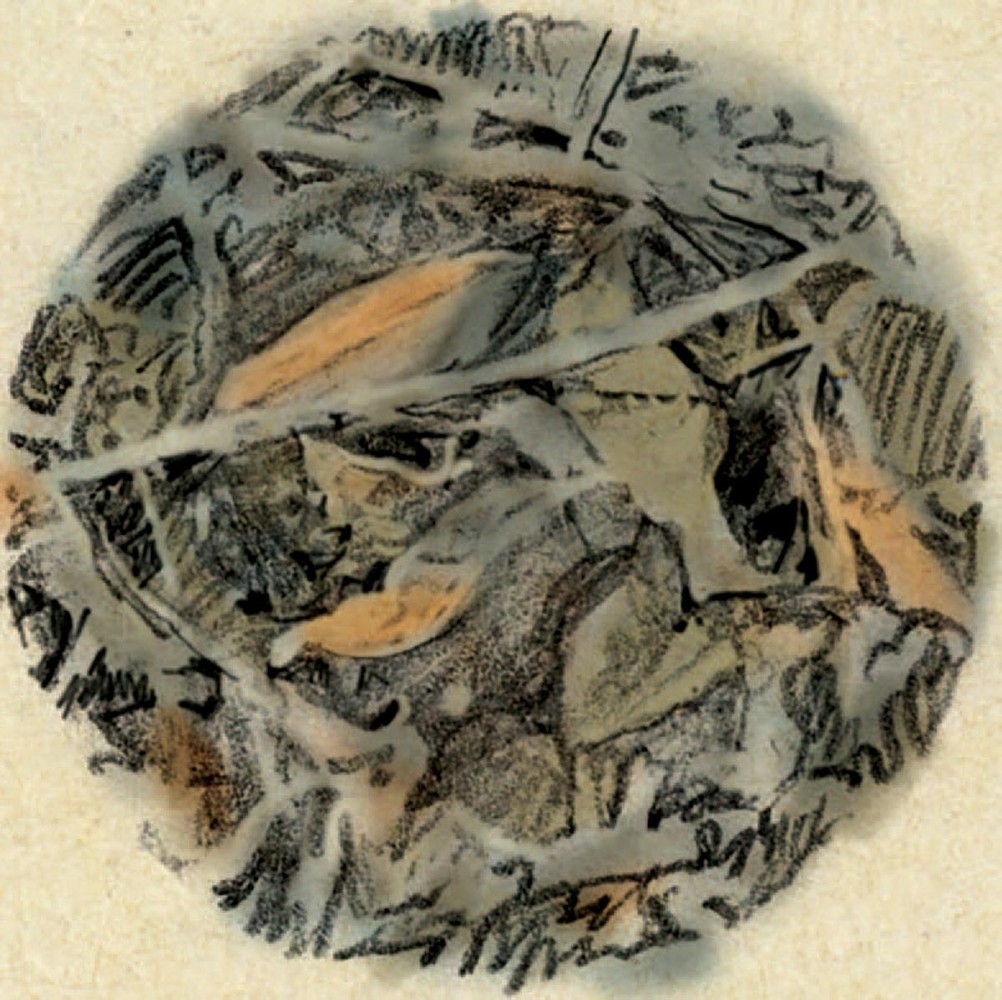
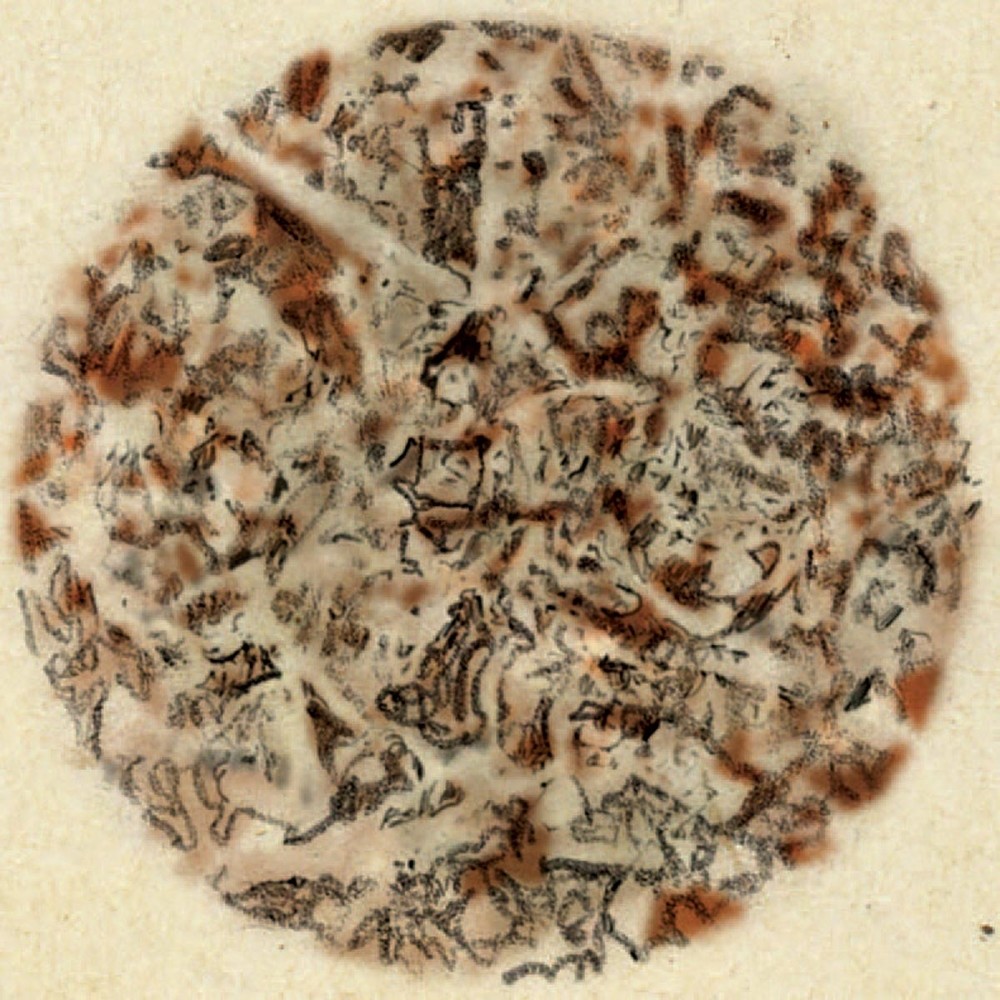
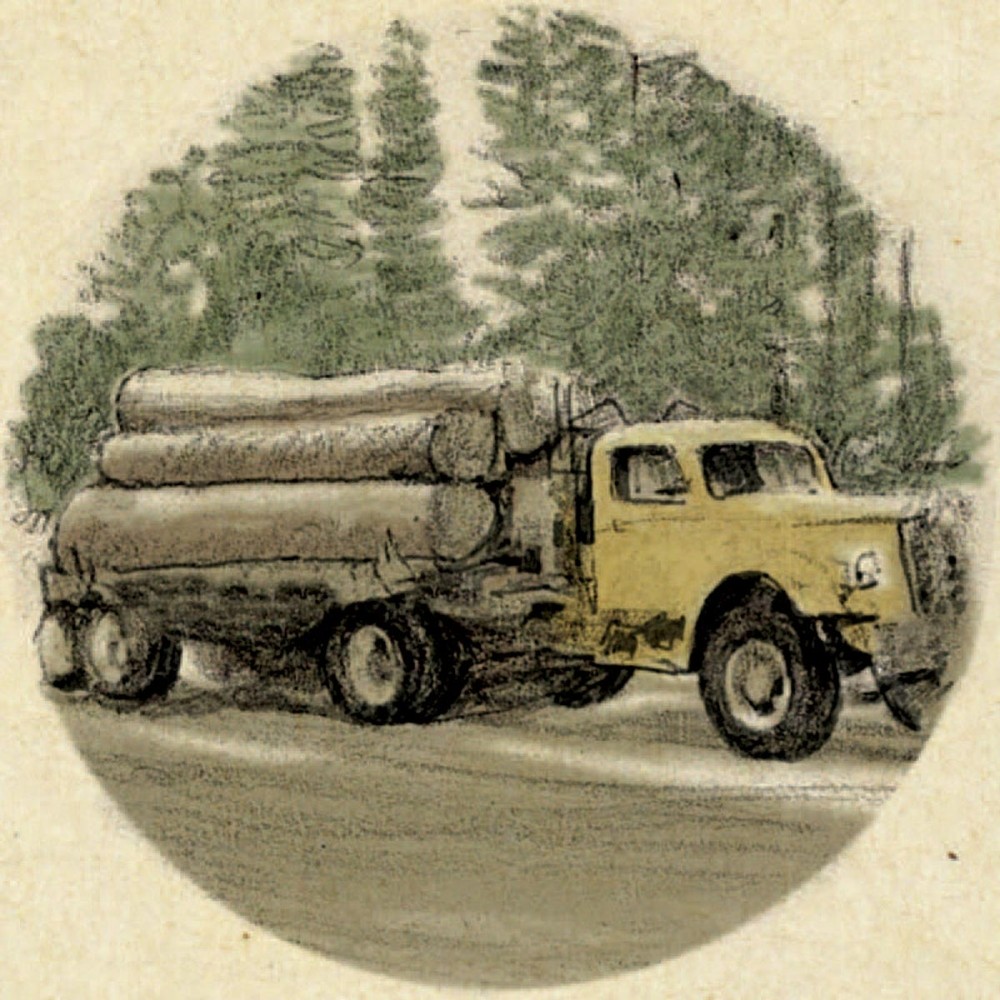
Discussion *